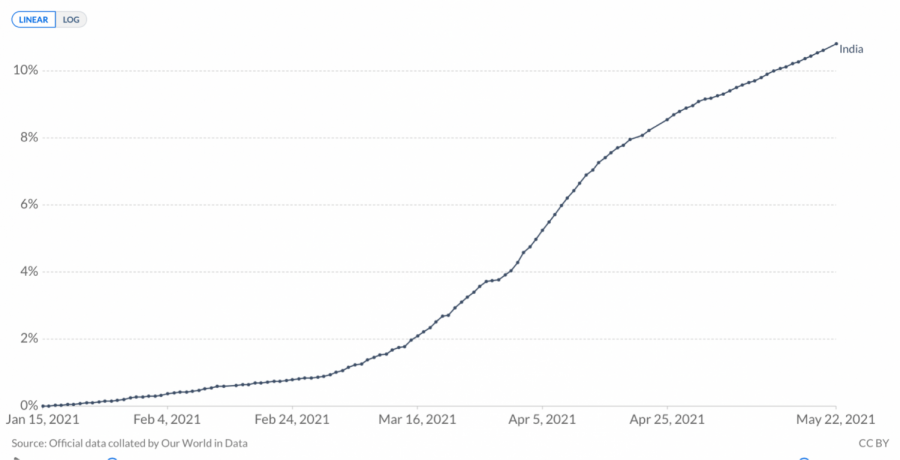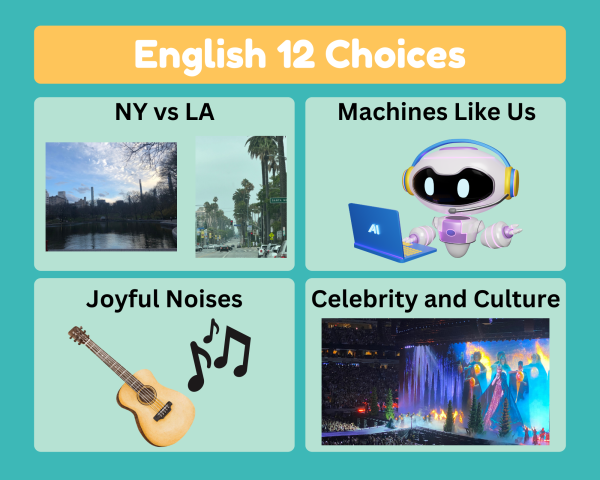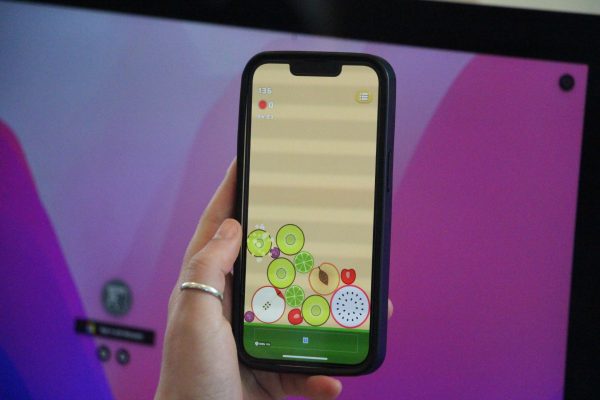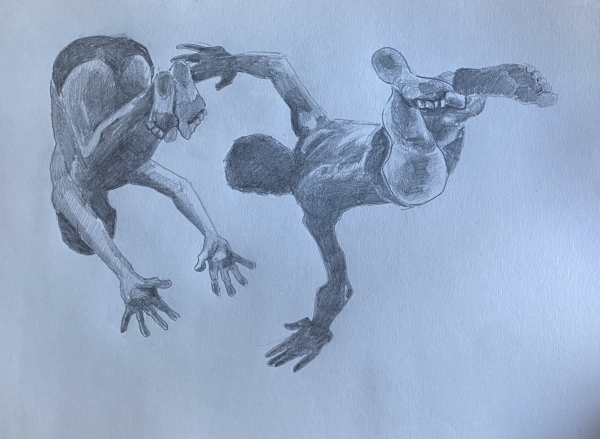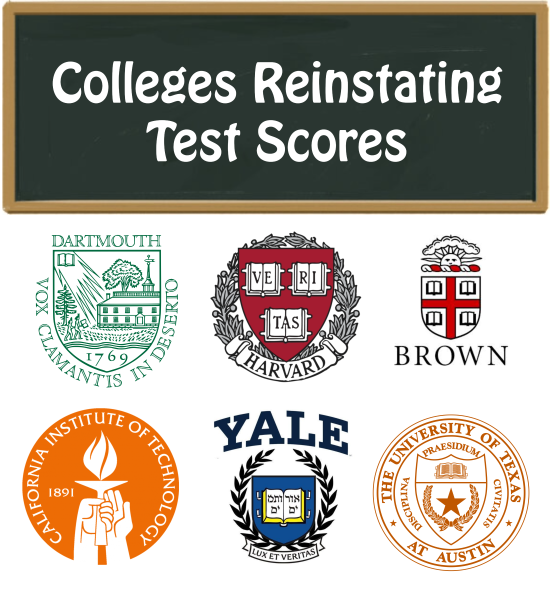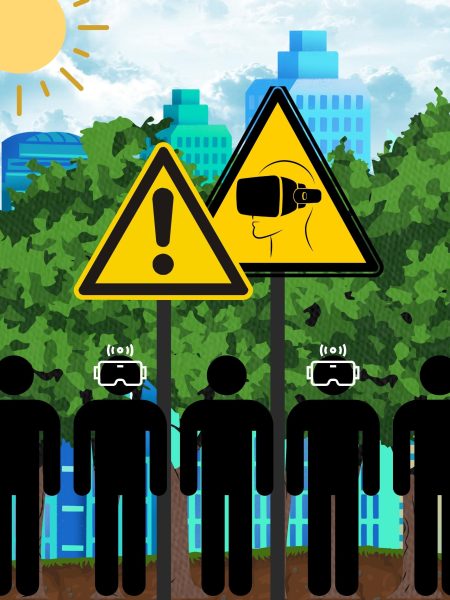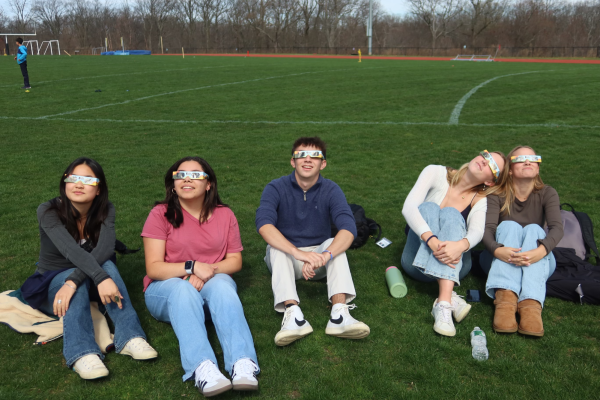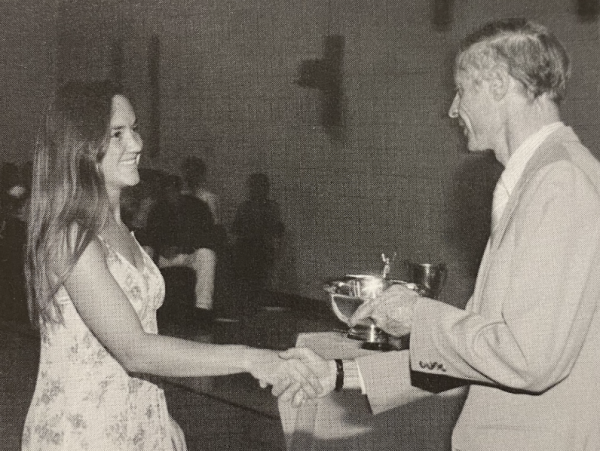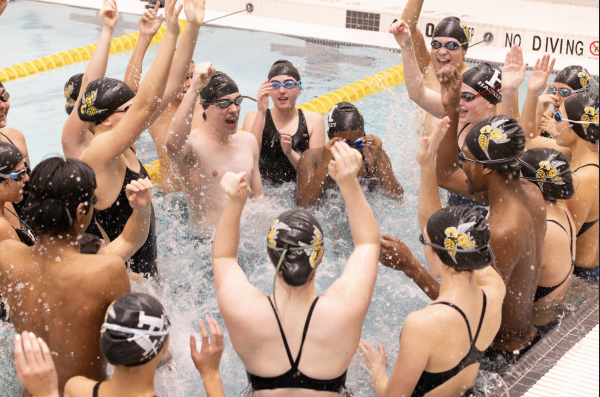Covid-19 continues to be a crisis in India
In the US, it seems that the coronavirus pandemic is cooling off in 2021, with almost 50% of the population receiving at least their first dose of the vaccine. However, globally this is not the case. In light of Asian American and Pacific Islander (APPI) month, it is important to understand how COVID-19 is continuing to affect Asian countries, the most prominent example being India.
To date in India, there have been 26.5 million cases and 299,000 deaths from COVID-19 in total. One has to keep in mind that these are merely the recorded cases and that there may be hundreds of thousands more that are not being accounted for. This discrepancy is possibly due to the government not including patients who die outside of a hospital or during transportation in the death count. So what exactly happened that left the country in such a terrible state?
The rise in infection rates began in early March, which continued to rapidly grow and is still doing so at the present moment in May. This second wave hit significantly harder than the first one. One explanation is that the citizens were unprepared for a second wave. They had relaxed social distancing practices, which was partly due to poor enforcement by authorities.
A weak response by the government, shown through Prime Minister Modi’s silence surrounding the topic, worsened the situation. By the end of April, when Prime Minister Modi decided to speak up, it was too late. Hospitals were swamped and resources were limited. Instead of addressing the issue of COVID-19 in the country, Prime Minister Modi held a political rally that became a superspreader event, due to the lack of masking and social distancing.
Why would this matter to Hackley students and how can they help?
Dionne Chen, a junior, emphasized that awareness is the first step. She said “A lot of Americans don’t really hear about situations going on in countries like India, which makes it extremely hard for many people like us to help. News outlets don’t share these stories as much as they aren’t happening in the US”. Dionne explained that not being able to provide monetary support should not deter an individual from helping out, because talking about it and raising awareness is just as if not more important than donating. If you are able to donate, the list of organizations that provide aid to India is as follows:
Direct Relief – Working to distribute oxygen concentrators and medical supplies.
Oxygen for India – Organized by the International Center for Disease Dynamics, and is helping to set up desks in hospitals to aid in the free distribution of oxygen cylinders.
Project HOPE – Distributing medical supplies in India and educating communities on how to stop the spread of COVID-19.
Students on the Hilltop are fortunate enough to have the resources to advocate for global matters. These matters, such as the COVID-19 crisis in India, affect members of the Hackley community, who have family members living there. It is important to raise awareness and make these members of the community aware that they are supported and that their struggles are noticed.

